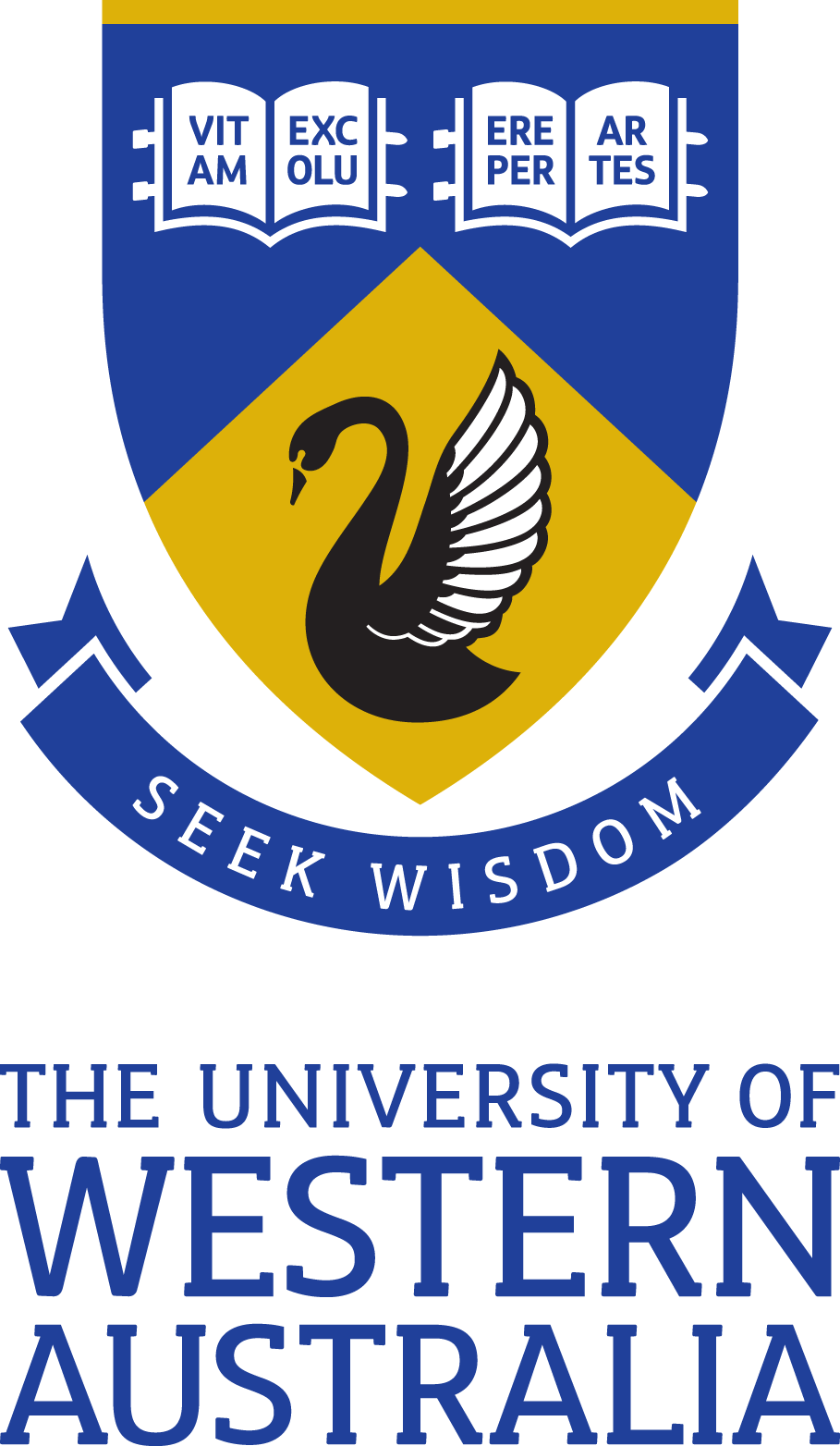Full description
Despite heritable variation for univariate sexually selected traits, recent analyses exploring multivariate traits find evidence consistent with the lek paradox in showing no genetic variation available to choosy females, and therefore no genetic benefits of choice. We used the preferences of Drosophila melanogaster females to exert bidirectional selection on competitive male mating success to test for the presence and nature of genetic variation underlying this multivariate trait. Male mating success diverged between selection regimens, and flies from success-selected lines had a smaller burden of deleterious, recessive mutations that affect egg-to-adult viability, were better sperm competitors (sperm offence), and did not demonstrate reduced desiccation resistance or components of female fitness (traits thought to trade off with attractiveness) relative to flies from failure-selected populations. Mating success remained subject to inbreeding depression in success-selected lines, suggesting that variation in mating success remains, thanks to numerous genes of small effect. Together, our results provide unique evidence for the evolutionary divergence in male mating success, demonstrating that genetic variation is not exhausted along the axis of precopulatory sexual selection and that female mating biases align with the avoidance of bad genes.,Raw data of all fitness assaysThis file contains data for all fitness assays. The first seven tabs are fitness assays for: male mating success, egg-to-adult viability, sperm competitiveness, desiccation resistance, larval competitiveness, male wing size and productivity that were performed on the success-selected, failure-selected, and control lines. The eighth tab contains data from a desiccation resistance assay on the stock population, and the ninth and tenth tabs contain data from wing size and viability assays performed on size-selected populations. These data include: treatment, replicate lines within treatments, replicate families within replicate lines, cross (outbred or inbred by brother-sister matings), replicate vials within replicate lines, sex, and day (the day on which mating trials were conducted). Note that different flies from different families and/or vials were used for each assay.Fitness assays_ raw data.xlsx,Issued: 2019-04-06
Subjects
Artificial selection |
Evolutionary Biology |
FOS: Biological sciences |
Male mating success |
drosophila melanogaster |
good genes |
sexual selection |
User Contributed Tags
Login to tag this record with meaningful keywords to make it easier to discover
Identifiers
- DOI : 10.5061/DRYAD.101KT28

- global : 53db1072-0bff-405a-8cc7-78f6bb97b9f3


